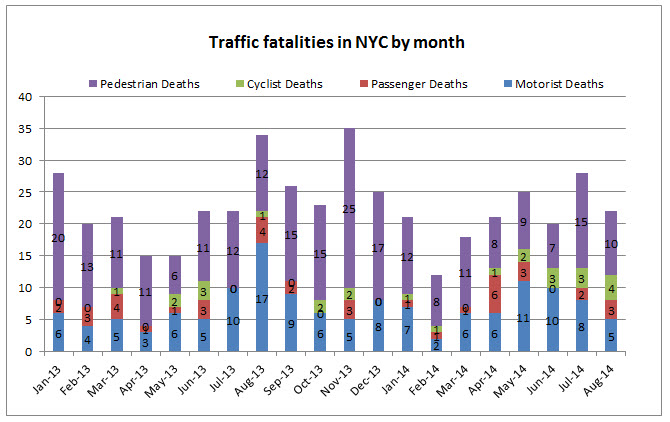Two construction workers prepping for asbestos removal from a government building were injured when a part of a ceiling fell off in Mineola, Long Island, NY
Two New York construction workers got trapped in dangerous asbestos debris and suffered personal injury after a ceiling collapsed and a 30×50 piece of concrete with metal reinforcing rods fell on them. The two workers were part of a crew of 19 people prepping the old Social Services building in Mineola for asbestos removal when the accident happened. The 17 other workers had to be decontaminated for asbestos. See video below
 New York Personal Injury Attorneys Blog
New York Personal Injury Attorneys Blog



 A man driving his ATV in the Bronx, NYC died in the hospital after he was inadvertently rear ended by his friend who was also driving an ATV. None of the two men were wearing a helmet when the accident happened. The friend who suffered a leg injury was charged with reckless endangerment and reckless driving and was issued violations for unregistered reckless driving, riding without an authorized helmet, and for having no insurance. Read more in the
A man driving his ATV in the Bronx, NYC died in the hospital after he was inadvertently rear ended by his friend who was also driving an ATV. None of the two men were wearing a helmet when the accident happened. The friend who suffered a leg injury was charged with reckless endangerment and reckless driving and was issued violations for unregistered reckless driving, riding without an authorized helmet, and for having no insurance. Read more in the 

 Gair, Gair, Conason, Rubinowitz, Bloom, Hershenhorn, Steigman & Mackauf, a top New York Personal Injury law firm is proud to announce that it has been selected by the National Law Journal and Law.com this year to be part of the
Gair, Gair, Conason, Rubinowitz, Bloom, Hershenhorn, Steigman & Mackauf, a top New York Personal Injury law firm is proud to announce that it has been selected by the National Law Journal and Law.com this year to be part of the 